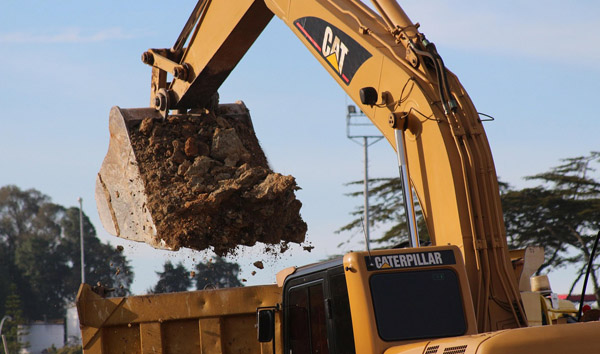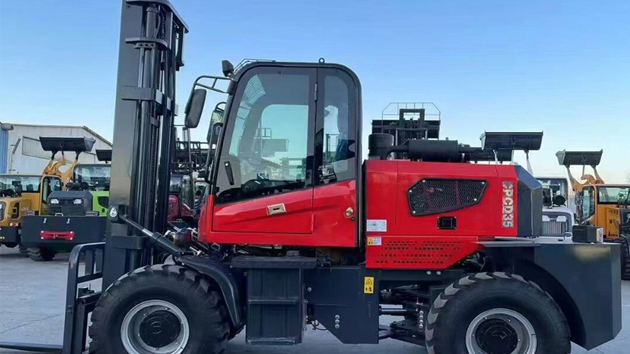The Evolution of Rough Terrain Forklifts in Modern Lumber Yards
2025-07-08 05:55:32
The lumber yard industry has long relied on specialized equipment to handle heavy loads across uneven surfaces. Among these, Rough Terrain Forklifts have emerged as indispensable tools, designed to navigate muddy, rocky, or sloped terrains with ease. Unlike standard forklifts, these machines feature robust tires, reinforced chassis, and powerful engines, making them ideal for outdoor lumber storage and transportation. Recent data from the Industrial Truck Association indicates a 12% annual growth in rough terrain forklift sales, driven by increasing demand from lumber yards and construction sites.
One of the key advantages of rough terrain forklifts in lumber yards is their ability to operate in extreme conditions. Equipped with four-wheel drive and high ground clearance, these forklifts can traverse wet or debris-laden surfaces without compromising stability. For instance, a study by the National Wooden Pallet and Container Association found that lumber yards using rough terrain forklifts reported a 30% reduction in load-handling accidents compared to those using conventional models. Additionally, their hydraulic lifting systems enable precise control when stacking lumber, minimizing product damage and improving inventory management.
Technological advancements have further elevated the performance of rough terrain forklifts. Modern models now incorporate telematics and IoT sensors, allowing operators to monitor fuel consumption, load capacity, and maintenance needs in real time. According to a 2023 report by MarketsandMarkets, lumber yards leveraging these smart forklifts have seen a 20% improvement in operational efficiency. Features like automated load leveling and anti-slip differentials ensure safer handling of bulky lumber, even on inclines or unstable ground. These innovations align with the industry’s push toward automation and data-driven decision-making.
Despite their benefits, rough terrain forklifts present unique challenges for lumber yards. Their higher upfront cost and specialized maintenance requirements can deter smaller operations. A survey by the American Lumber Standards Committee revealed that 45% of mid-sized lumber yards cite fuel efficiency as a concern, given the forklifts’ powerful engines. However, manufacturers are addressing these issues by developing hybrid and electric rough terrain models, which promise lower emissions and reduced operating costs. For example, John Deere’s latest electric rough terrain forklift boasts a 40% decrease in energy consumption compared to diesel counterparts.
Looking ahead, the lumber yard industry is poised to see continued innovation in rough terrain forklift design. Emerging trends include the integration of AI for autonomous navigation and the use of lightweight, durable materials to enhance load capacity. Industry analysts predict that by 2027, over 60% of lumber yards will adopt advanced rough terrain forklifts as standard equipment. As these machines evolve, they will play a pivotal role in meeting the growing demands for sustainable and efficient lumber handling solutions.













